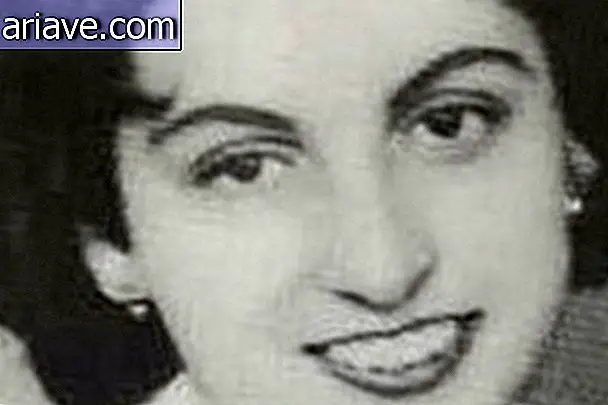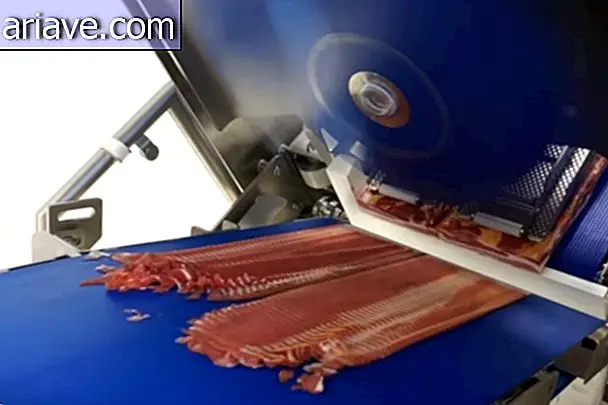The older you get, the more creative you can be.
People are afraid of getting old. Research from around the world on individuals of different ages shows that one of the most common fears in adulthood is reaching old age. A recent book by Dr. Marc E. Agronin from the United States has just been released to demystify this stage of life and prove that instead of feeling more tired and less inventive, we can be more creative in old age.
The author's argument in the book "The End of Old Age: Living a Longer, More Purposeful Life" is that, detached from all the insecurities that afflict us when we are younger - including the fear of aging - and wiser, thanks to all that we have learned throughout our lives, we can invest in our own creativity. We just need to believe it and really innovate.

One of the examples on which the book is based to illustrate this idea is precisely that of a person who revolutionized the art world years after completing the dreaded 70s. French painter Henri Matisse did an important part of his work as an elderly man., stricken with a disease that doctors swore would take his life shortly, but instead took the movements of his legs and shook his mind.
From the diagnosis of cancer until his death, it was almost 11 years, when the artist developed a new painting technique - scissor drawing. With paper clippings between the paintings, he created incredible works, attended openings and retrospectives, and signed the stunning blue stained glass of the Chapelle du Rosaire de Vence, inspired precisely by his nurse, Monique Bourgeois.

With plenty of time and confined to a hospital bed for several months, Matisse turned his 6-month projection into more than a decade of high productivity, with new works in which he drew inspirations from childhood and youth, as well as different memories., cultures and places.
His work was so vivid and full of color and movement that it was considered a true milestone for the time, inspiring artists who came decades later and laying the groundwork for artists not only focused on painting. According to the book's author, the way Matisse conducted his work at this stage says a lot about old age.

"Firstly, his clippings were simultaneously an expression of continuity of all his previous work, while being a radical new approach to art. Secondly, there was a spirit of boldness and freedom in his works that made them absolutely attractive compared to anything that had come before. For Matisse himself, it was clear that the secret force that allowed this departure was aging. "
He further explains that in one of the thousands of letters he wrote at the time, Matisse confessed:
Even if I could have done, when I was young, what I'm doing now - I wouldn't have dared.
This courage to break free of any bonds that still exist even after so many decades lived is what allows people to reach levels of creativity never before possible. This, coupled with free time, the lightness of life without deadlines and the looseness of saying what you want, is what our next Matisses can give the world.
***
Do you know the Mega Curioso newsletter? Weekly, we produce exclusive content for lovers of the biggest curiosities and bizarres of this big world! Register your email and do not miss this way to keep in touch!











